8 surprising facts about the nuclear arms race
By Dawn Stover | July 6, 2018
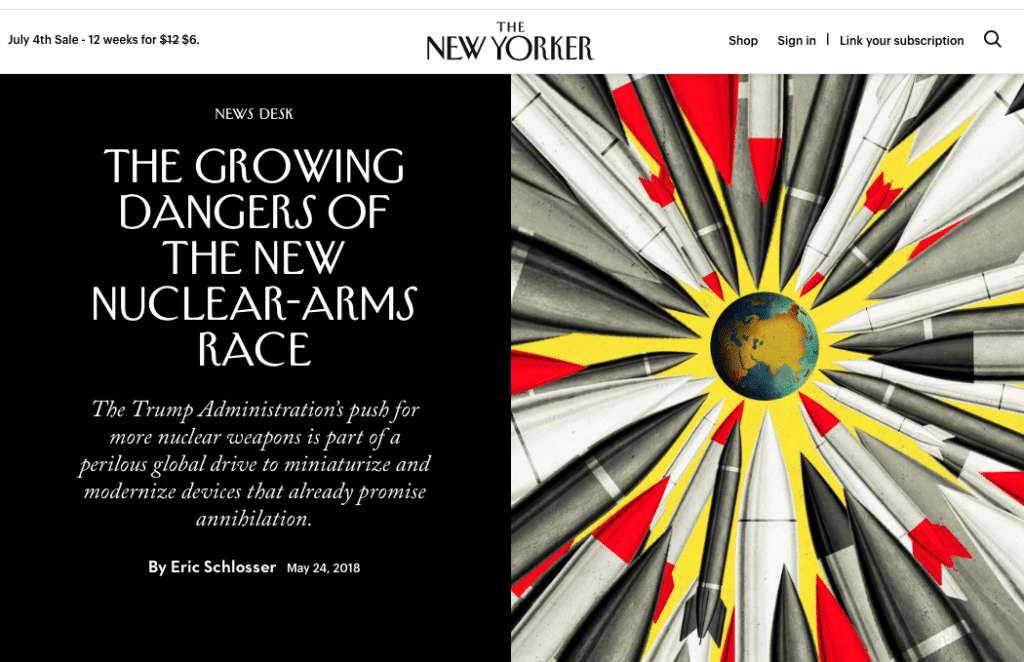
Investigative journalist Eric Schlosser published a lengthy article in The New Yorker last month on the growing dangers of the new nuclear arms race. He also spoke with the magazine’s executive editor, Dorothy Wickenden, about Trump, Putin, Kim Jong-un, and the perils of nuclear proliferation. Here are eight surprising takeaways from Schlosser, who wrote the 2013 book Command and Control: Nuclear Weapons, the Damascus Accident, and the Illusion of Safety.
1 million dead
1. Nuclear war is measured in “megadeaths”
When nuclear policy makers talk about top-secret details, they often use mundane terms that downplay the deadliness of nuclear weapons. One notable exception is the term “megadeath.” As Schlosser explains, “a ‘megadeath’ is a unit of measurement in nuclear warfare. Ten megadeaths, for example, means that ten million people have been killed.” For a little perspective on the power of today’s nuclear arms: A single megadeath is at least four times greater than the number of people killed by the nuclear weapons detonated over Hiroshima and Nagasaki in 1945.
2. That’s one wicked missile
Russia is building a deadly new missile nicknamed Satan-2. Officially called the R-28 Sarmat, the missile “will carry up to 16 nuclear warheads—more than enough for a single missile to destroy every American city with a population larger than a million people,” Schlosser writes. Russia plans to build at least 40 of them.
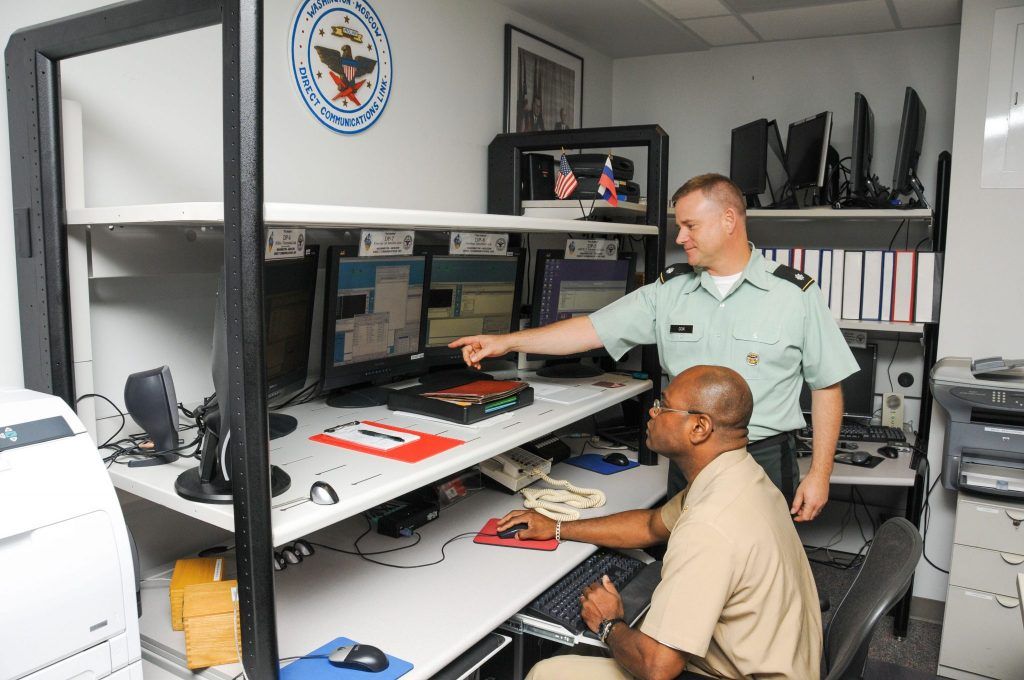
3. There is no “hot line” nuclear telephone
That nuclear “hot line” between Washington and Moscow doesn’t look anything like the red telephones depicted in Hollywood films. In fact, the Moscow-Washington Direct Communications Link, as it’s called, does not provide a voice link between Presidents Putin and Trump during a nuclear crisis. It’s just a big computer that can transmit encrypted emails between the Kremlin and the Pentagon. Schlosser describes it as something that “looks like a computer terminal you might find in the business center at a Marriott hotel.”
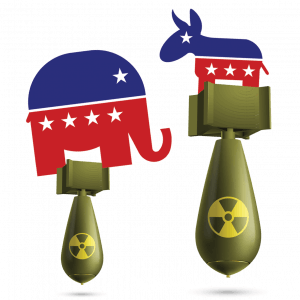
4. Republican presidents are better at reducing nuclear weapons
Republicans are hawks, and Democrats are doves, right? Actually, Republican presidents “have proved especially effective at reducing the nuclear threat,” Schlosser writes, citing a litany of achievements: “President Richard Nixon signed the Treaty on the Non-Proliferation of Nuclear Weapons, committing the United States to seek ‘cessation of the nuclear arms race at an early date and nuclear disarmament.’ President George H. W. Bush cut the size of America’s nuclear arsenal by half. And President George W. Bush cut it in half again.” In 2009, President Barack Obama called for a world without nuclear weapons, but before he left office he blessed a modernization program expected to cost at least $1.2 trillion over the next 30 years.
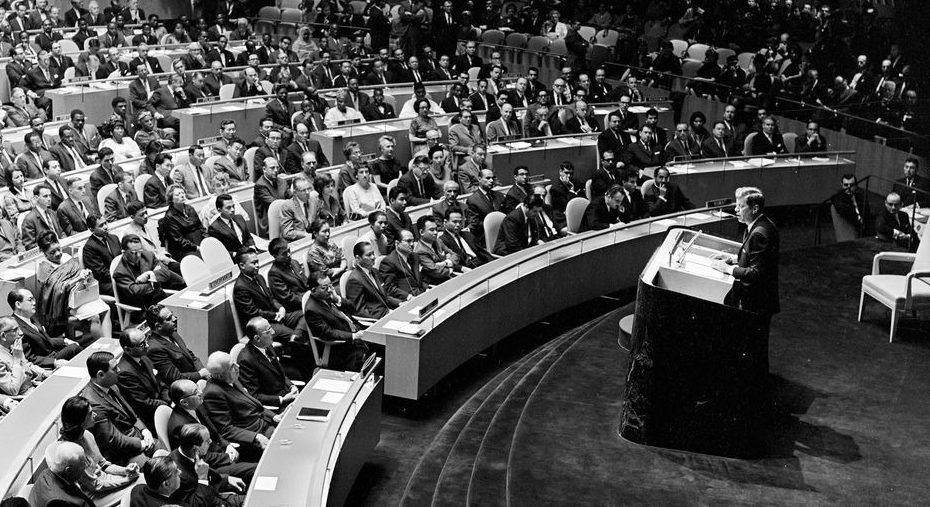
5. Kennedy contemplated a surprise nuclear attack on the Soviet Union
In 1961, President John F. Kennedy gave a speech to the UN General Assembly that called for the abolition of nuclear weapons. That same week, though, Kennedy “was secretly meeting with his top advisers to discuss the possibility of a surprise nuclear attack on the Soviet Union,” Schlosser says in the podcast. An analysis prepared for the meeting predicted millions of Americans would die if the United States launched a surprise attack—but far more would die if the Soviets attacked first. Kennedy opted for a speech instead of an attack, warning that “the risks inherent in disarmament pale in comparison to the risks inherent in an unlimited arms race.”
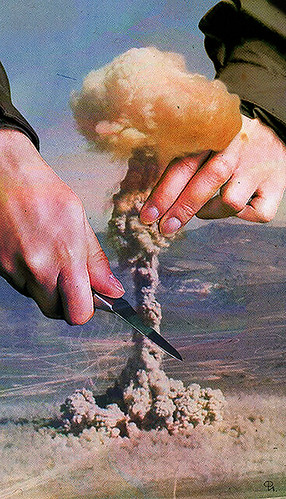
6. “Tailored” policies make contradictory assumptions
In a dangerous departure from past policies, both the United States and Russia have adopted nuclear strategies that assume their rival might not retaliate in the event of a small-scale nuclear attack using low-yield tactical weapons—even though they also assume that having such weapons will prevent the other side from using them. Russia’s strategy envisions using tactical weapons to impose “tailored” damage on NATO troops and force a ceasefire. “The strategy presumes that NATO won’t retaliate by using nuclear weapons, too,” Schlosser writes. Meanwhile, the Trump administration’s strategy of “tailored deterrence” will put low-yield nuclear weapons on submarine-launched ballistic missiles. The White House says the purpose of these weapons is to deter the Russians from using their own low-yield weapons, and to be able to respond in kind to a limited nuclear attack. But experts worry that possession of such weapons will make it tempting to use them in a crisis—even if Russia doesn’t fire first.
7. Complacent commanders
During the Cold War, there were dozens of sobering accidents and near misses, but those lessons are now receding from view. “One of the reasons I think the situation is so dangerous today is the world leaders have forgotten the Cold War,” Schlosser tells Wickenden. There are probably few, if no, officers or commanders in the nuclear forces on either side who had to go through one of these dangerous international incidents during the Cold War.” Without reminders of the risk, complacency can set in.
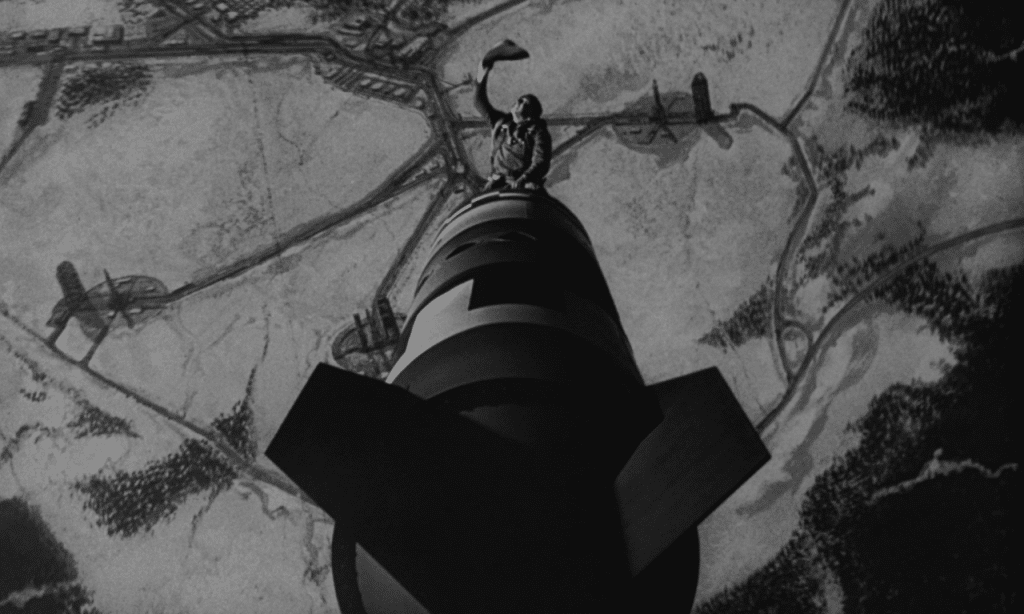
8. The view from 30,000 feet
Experts usually examine the nuclear arms race country-by-country, which makes Schlosser’s global overview the most disturbing thing about his article. In a single paragraph, he rattles off a list of developments that are horrifying in aggregate: North Korea probably has a hydrogen bomb. India launched a ballistic missile that can strike Pakistan and China and has tested nuclear-capable cruise missiles. Pakistan, with the world’s fastest-growing nuclear stockpile, has low-yield warheads on missiles. Israel is deploying cruise missiles with nuclear weapons on submarines. France and the United Kingdom are developing new ballistic-missile submarines. China will soon put ballistic missiles, capable of striking anywhere in the United States, on trucks. Iran, Japan, and South Korea might join the nuclear club. And then there’s Russia, which is building not only Satan-2 but all sorts of other new missiles, bombers, and nuclear-capable submarines. It’s not a pretty picture.
Publication Name: The New Yorker
To read what we're reading, click here
Together, we make the world safer.
The Bulletin elevates expert voices above the noise. But as an independent nonprofit organization, our operations depend on the support of readers like you. Help us continue to deliver quality journalism that holds leaders accountable. Your support of our work at any level is important. In return, we promise our coverage will be understandable, influential, vigilant, solution-oriented, and fair-minded. Together we can make a difference.
Topics: Nuclear Risk, Nuclear Weapons, What We’re Reading

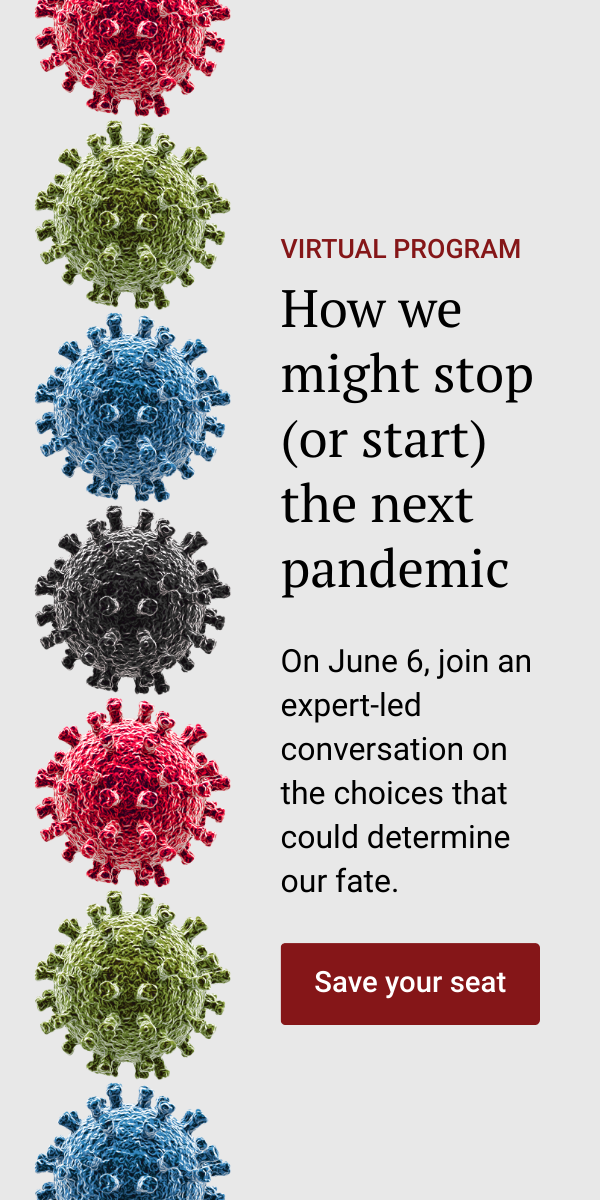
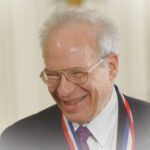
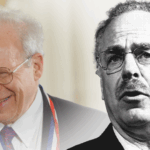
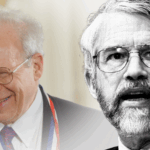

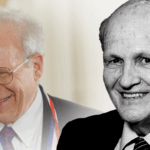

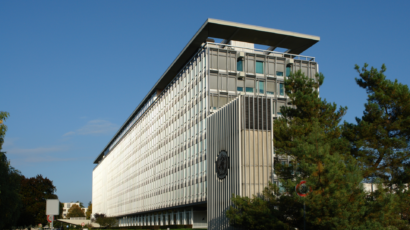
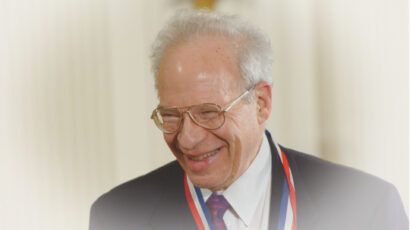
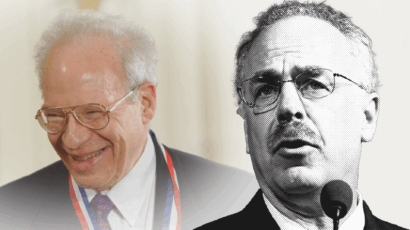
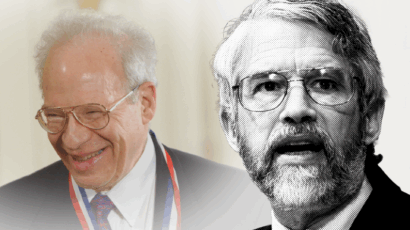
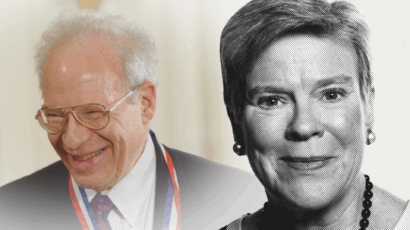
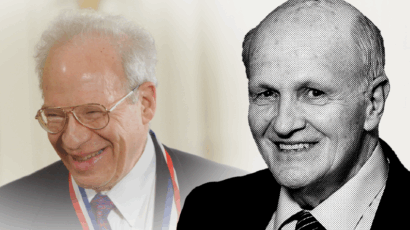
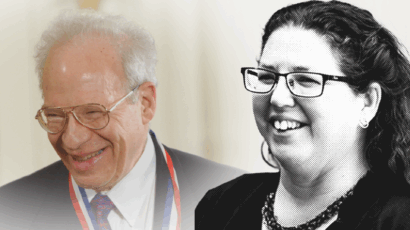
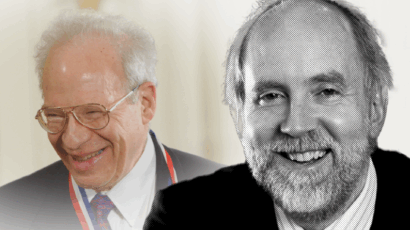
Number 1 and 2 are truly deadly.
Nuclear war is the real deal. The current world tensions are pointing to something more may be we will have 2nd Cuban missile crisis.